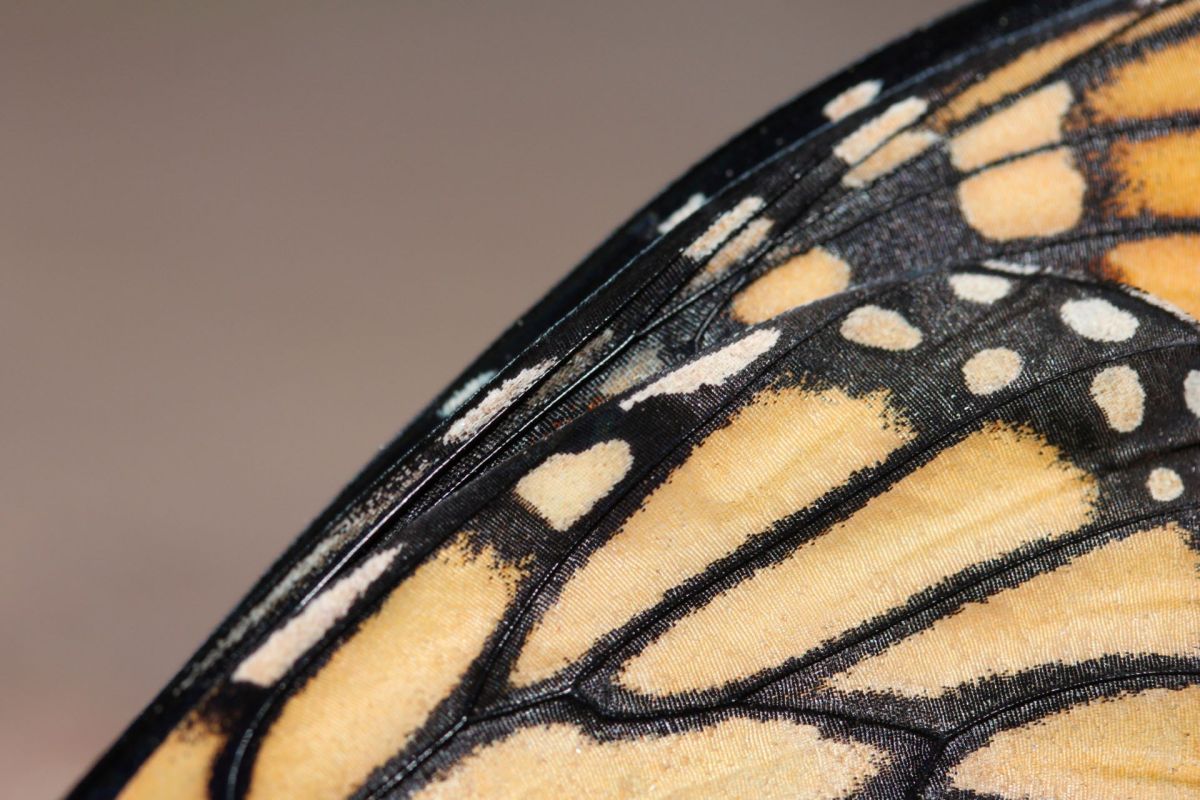Western monarch butterflies have been declining since the 1980s, the International Union for Conservation of Nature (IUCN) reports. That's why the IUCN added the monarch to its list of endangered species last year. This year, the species has taken another heavy hit thanks to winter storms in California, Yale Climate Connections reports.
What happened?
California suffered heavy storms this winter, causing flooding in many areas. According to Yale Climate Connections, the heavy weather didn't just affect people; monarch butterflies were also hit hard.
"We have seen photographs of monarchs that were completely wet and cold, trying to survive, and they were just falling on the ground," Rebeca Quiñonez-Piñón of the National Wildlife Federation told Yale Climate Connections, adding that the population of monarch butterflies has dropped. "It's definitely heartbreaking."
Why does one bad season matter?
Migratory monarch butterflies are the iconic orange and black butterflies that flock to the coast each winter, as the IUCN explains. In warmer weather, they spread across the U.S. and Canada. The species is divided into two populations: one that migrates to the West Coast, and one that travels East.
In the 1980s, the western population of migratory monarch butterflies numbered around 10 million. Today, that number is only 1,914, according to the IUCN.
The dramatic drop in the monarch population is due to human activity, the IUCN explains.
Monarchs lay their eggs on milkweed plants, which provide food for the caterpillars until they're ready to become butterflies. People have been destroying the habitats where milkweed grows, using pesticides that kill monarchs and milkweed and contributing to the rising temperature of the planet, which also damages milkweed populations.
Earlier this year, scientists hoped migratory monarch butterflies were making a comeback, Yale Climate Connections reports. Researchers found a larger number than usual in their winter habitats in California and Mexico.
Now, researchers worry about whether there are enough monarch butterflies left for the species to survive, the IUCN says.
What's being done to protect monarch butterflies?
While monarch butterflies are recognized as endangered by the scientific community, they don't have any legal protections yet in the U.S. Instead, efforts to protect the species come from scientists, conservation programs, and individuals.
To help monarch butterflies, plant native milkweed in your yard and encourage your neighbors to do the same. Make sure to choose a local, native milkweed species; many stores sell other types of milkweed that aren't suitable for monarch butterflies. Also, avoid using pesticides and herbicides in your yard.
Join our free newsletter for cool news and cool tips that make it easy to help yourself while helping the planet.









